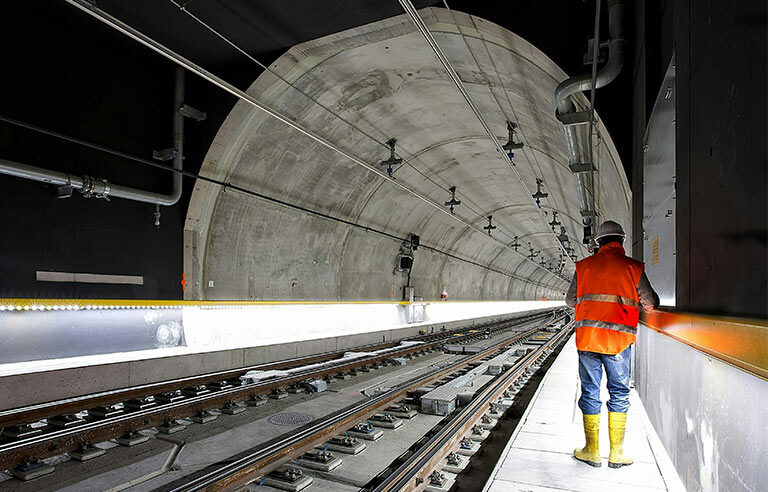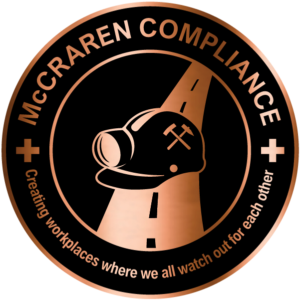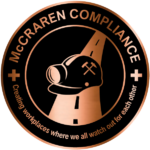How can I assess and mitigate lone worker risk in high-exposure industries?

Responding is Sam Towens, product marketing manager, EcoOnline, Rochester, England.
Lone workers – anyone working without the direct and immediate support of supervisors or colleagues – face unique and elevated risks. This is especially true in industries such as construction, manufacturing and field services, where the physical demands of the job, environmental risks and potential of delay being in remote areas all contribute to an increased likelihood of incidents. To effectively safeguard lone workers, organizations must take a proactive, multi-layered approach to risk assessment and mitigation.
Start with a task-specific risk assessment
Effective risk management begins with understanding the specific contexts in which lone working occurs. Organizations should conduct formal, task-based risk assessments that identify hazards associated with the work itself, the environment in which it’s performed, interactions with others and the worker’s individual risk profile. This must consider factors such as access to emergency services; equipment or vehicle use; potential exposure to harmful substances; and environmental variables such as noise, heat, or terrain and height.
Involving lone workers in this process is critical. Their firsthand knowledge can uncover hidden risks that might otherwise be overlooked and lead to practical controls.
Establish and distribute a lone worker policy
After a risk assessment, organizations should produce a guide that sets out the rules on working alone and helps employees understand the risks they may face. These can include the risk assessment, who’s responsible for what, emergency escalation pathways, and how to report hazards or incidents.
Dedicated training on and clear communication of both employer responsibilities and worker expectations are essential.
Leverage technology for real-time monitoring and communication
Encountering a dangerous situation is one of the biggest risks to lone workers. Modern safety programs increasingly rely on digital tools for real-time visibility into lone worker activity. From satellite and GPS-enabled devices and wearables to smartphone-based safety apps, many solutions support two-way communication, detect falls/lack of movement and trigger alerts when check-ins are missed.
It’s equally important that solutions are user-friendly, nonintrusive and safe to use. Proper training on how and when to use these tools and assurance that the data collected supports safety – not surveillance – is key to adoption.
Embed and expand training
Training should incorporate core safety but also go beyond to include scenario planning, emergency response drills, de-escalation methods and situational awareness techniques. Workers need to know how to identify changes in their environment that might signal increasing risk and how to respond accordingly. Training should be personalized to the worker and integrated into their workflows via phone or tablet so it can aid and educate them on the go.
Supervisors should also be trained to recognize the psychological impact of lone working – such as isolation or fatigue – and address those factors as part of broader well-being efforts.
Continuously review and improve
Safety strategies should be dynamic. Post-incident reviews, regular worker feedback and analysis of near-miss data can help evolve safety measures over time.
With a lone worker-specific approach, organizations can identify unique vulnerabilities, implement appropriate safety measures, and ensure compliance with legal and ethical responsibilities – ultimately reducing the risks and building a safer, more responsive working environment.
Editor’s note: This article represents the independent views of the author and should not be considered a National Safety Council endorsement.
McCraren Compliance offers a full range of safety and health training and consulting services. Plus we can help you incorporate well-being into your traditional systems in order to support the Total Worker Health of your workforce.
Call 888-758-4757, email info@mccrarencompliance.com or visit our website www.mccrarencompliance.com
Original article published by Safety+Health an NSC publication


